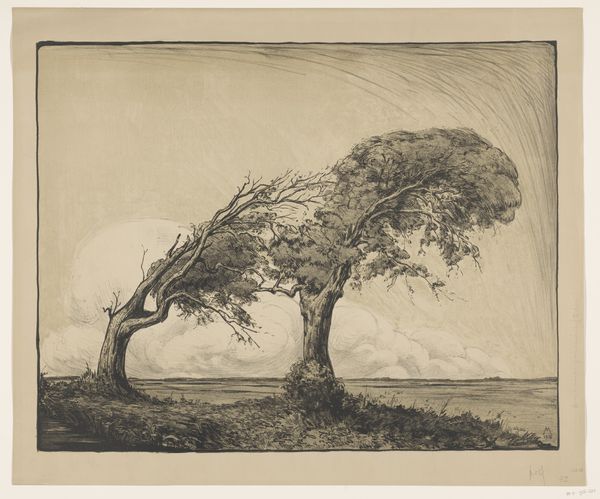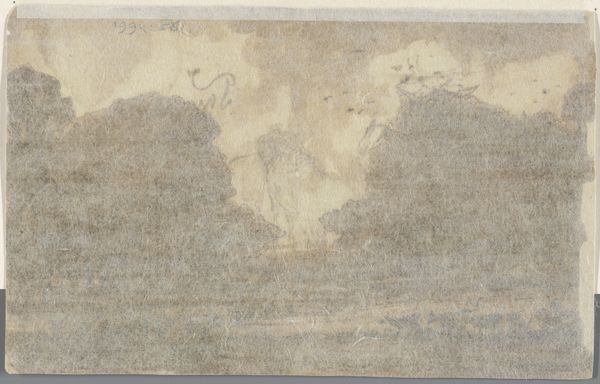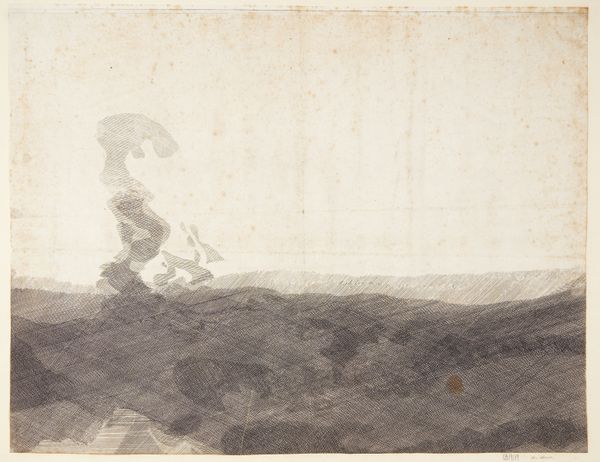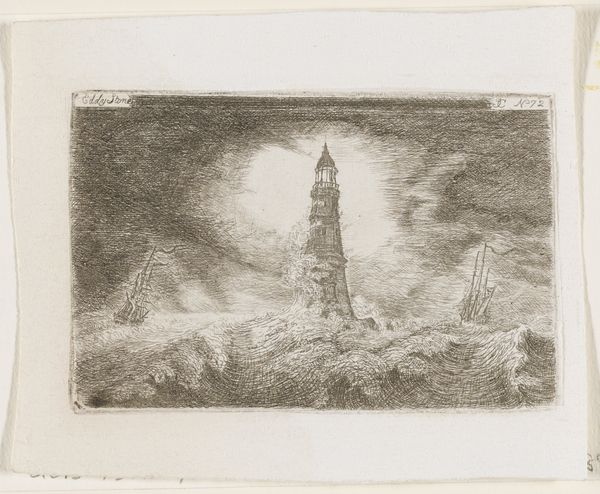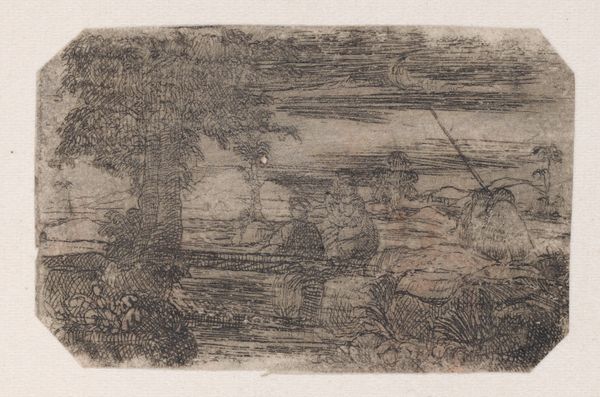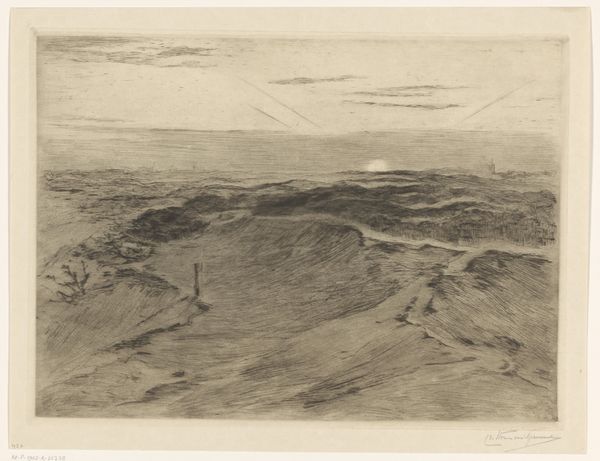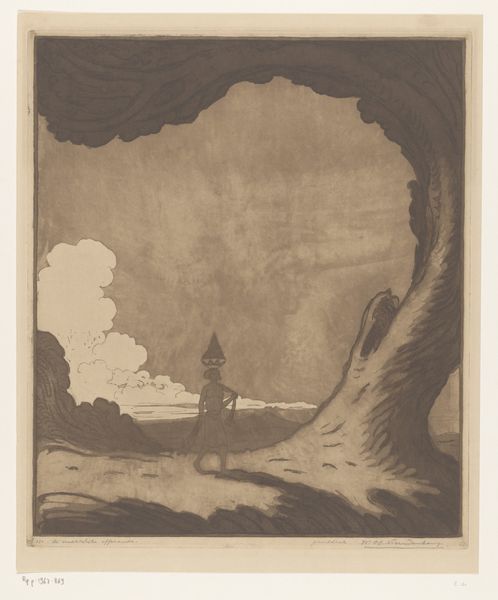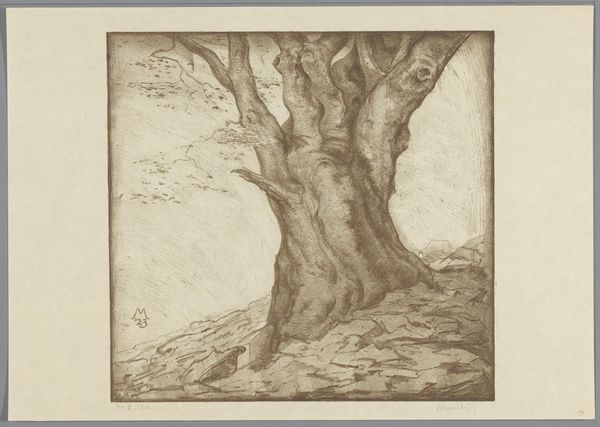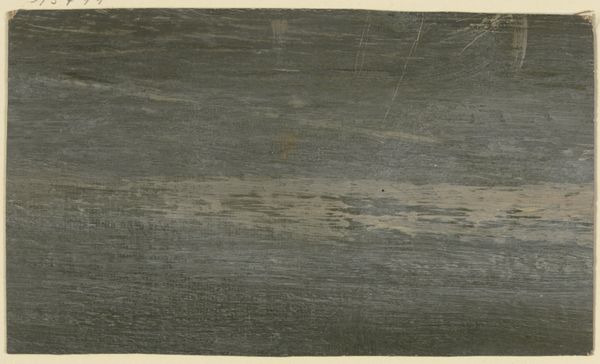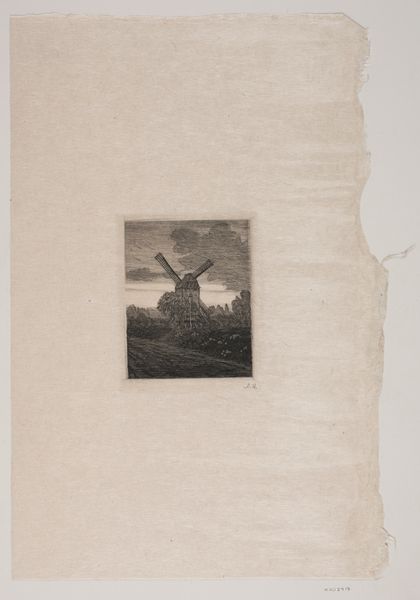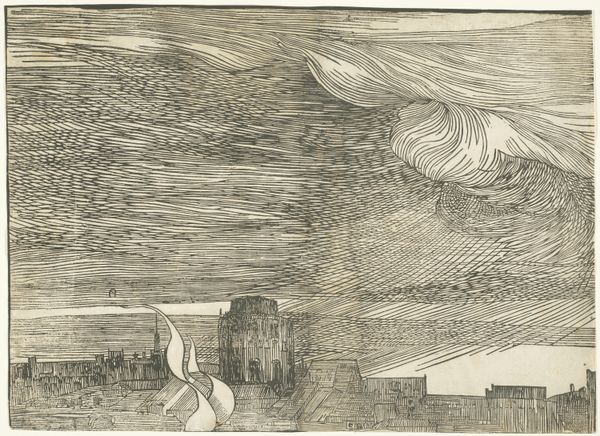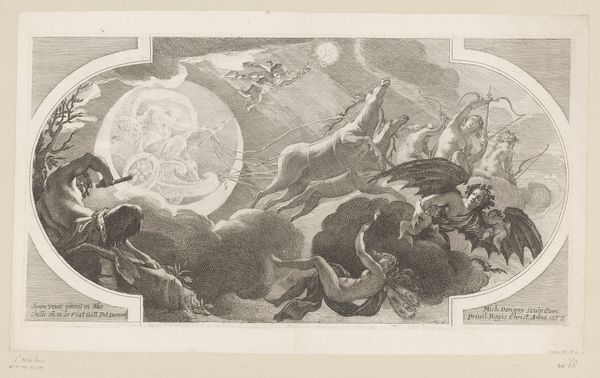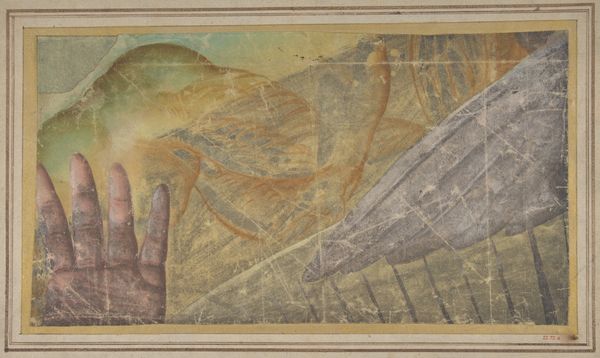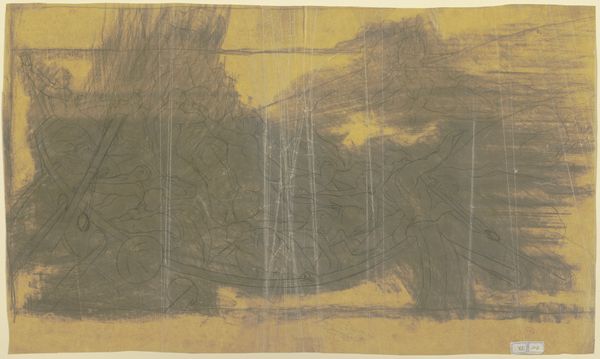
Presentation Drawing of “The Statue of Liberty Illuminating the World" 1875
0:00
0:00
Dimensions: Sheet: 33 7/16 × 51 3/16 in. (85 × 130 cm)
Copyright: Public Domain
Editor: This is Frédéric-Auguste Bartholdi's "Presentation Drawing of 'The Statue of Liberty Illuminating the World'" from 1875. It’s a pencil and graphite drawing that offers this very powerful and almost overwhelming sense of, well, enlightenment. I’m curious, what sociopolitical narratives do you think this artwork evokes? Curator: Well, that title is certainly loaded, isn’t it? “Illuminating the World.” In 1875, when this drawing was made, what did “illuminating the world” really mean? The Statue of Liberty, gifted from France, quickly became a symbol of immigration and freedom, but that narrative often obscures the complex realities of who was, and continues to be, welcome in America. Think about the waves of immigrants arriving in the late 19th century, facing nativist sentiments, exclusion, and stark economic disparities. Editor: So, you’re saying that even as it presents this utopian vision, we should be asking: Freedom for whom? Curator: Precisely! And how? Who gets to define “liberty,” and whose voices are amplified or suppressed in that definition? Look at the rays emanating from the torch – what do they illuminate, and what remains in the shadows? How do the neoclassical elements contribute to the creation of an idealistic narrative that may or may not be reconcilable with the facts? Editor: I hadn't considered the contrast between the ideal and the reality so explicitly. It almost feels like propaganda now that you point it out. Curator: The visual language of the piece, particularly its classical aesthetic, invokes an era tied to revolution and the concept of human rights, yes, but what actually are those rights, and are they universal? Think about its purpose – a presentation drawing. This was made to *persuade*. To garner support. What does that tell us? Editor: I see. So it's not enough to admire the beauty of the sketch; we also have to critically examine the message it promotes and the context in which it was created. Thanks, I’ll remember that. Curator: Exactly! Keep questioning. Art is never neutral, and our interpretations should always be in dialogue with history.
Comments
No comments
Be the first to comment and join the conversation on the ultimate creative platform.
